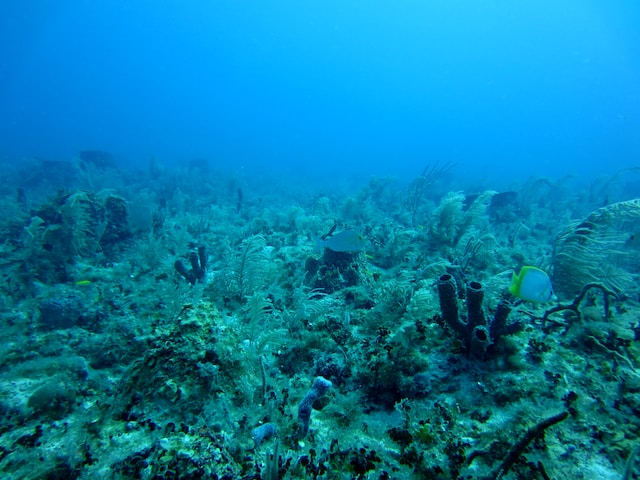In the ongoing battle against climate change, scientists and researchers are exploring innovative strategies to mitigate the increasing levels of carbon dioxide (CO2) in our atmosphere. Among the emerging solutions, marine carbon dioxide removal has gained significant attention for its potential to combat climate change and restore the health of our oceans. With the urgency to address this global crisis, efforts to unlock the full potential of this approach are underway.
The oceans have long been recognized as a vital player in regulating the Earth’s climate. They act as a massive carbon sink, absorbing a substantial amount of CO2 from the atmosphere. However, the escalating levels of CO2 emissions have overwhelmed the ocean’s capacity to absorb and store carbon effectively, leading to detrimental impacts on marine ecosystems and the planet as a whole.
Marine carbon dioxide removal techniques aim to enhance the ocean’s ability to capture and sequester CO2, thereby reducing its concentration in the atmosphere. These methods encompass a range of approaches, including direct air capture, ocean fertilization, and the use of artificial alkalinity enhancement.
One promising avenue is direct air capture, which involves deploying specialized equipment to extract CO2 directly from the atmosphere. The captured carbon can then be stored deep within the ocean or converted into other useful products. Although direct air capture is still in its early stages of development and faces challenges such as cost and scalability, advancements in technology and ongoing research hold promise for its future application on a larger scale.
Ocean fertilization is another strategy that aims to stimulate the growth of marine phytoplankton, tiny plant-like organisms that play a crucial role in carbon absorption. By introducing specific nutrients into nutrient-depleted ocean regions, scientists hope to trigger phytoplankton blooms, which can sequester significant amounts of CO2 through photosynthesis. However, careful consideration must be given to potential ecological impacts, as uncontrolled fertilization could have unintended consequences on marine ecosystems.
Artificial alkalinity enhancement is an emerging technique that involves adding alkaline substances to seawater, increasing its ability to absorb and store CO2. This approach not only helps mitigate climate change but also addresses the issue of ocean acidification, a harmful consequence of increased CO2 absorption by the oceans. By restoring the alkalinity levels, scientists aim to create a more favorable environment for marine organisms while simultaneously reducing atmospheric CO2.
While these approaches show promise, it is essential to approach marine carbon dioxide removal with caution and thorough scientific evaluation. Potential risks and unintended consequences, such as disruptions to marine ecosystems or unintended CO2 release, must be carefully assessed and managed. Robust research, experimentation, and international collaboration are vital to ensure the development of effective and environmentally responsible strategies.
To unlock the full potential of marine carbon dioxide removal, collaboration between scientists, policymakers, and industry stakeholders is crucial. Government support and funding for research and development initiatives, as well as the establishment of international frameworks and regulations, are necessary to facilitate the advancement and deployment of these technologies.
Opinion:
The urgency to address climate change necessitates exploring all available options to reduce CO2 emissions and restore the health of our planet. Marine carbon dioxide removal presents a compelling avenue for combating climate change and revitalizing our oceans. However, it is crucial to approach these techniques with a balanced perspective, considering both their potential benefits and possible drawbacks.
Investing in research and development is paramount to improving the efficiency, scalability, and environmental sustainability of marine carbon dioxide removal methods. Simultaneously, we must prioritize the conservation and protection of marine ecosystems, ensuring that any intervention aligns with the principles of ecological integrity and sustainability.
By unlocking the full potential of marine carbon dioxide removal, we can take significant strides toward a more sustainable future.
It is a testament to human ingenuity and determination that we continue to explore innovative solutions, leveraging the power of nature to combat the challenges we face. Together, let us embrace this opportunity to safeguard our planet for generations to come.












